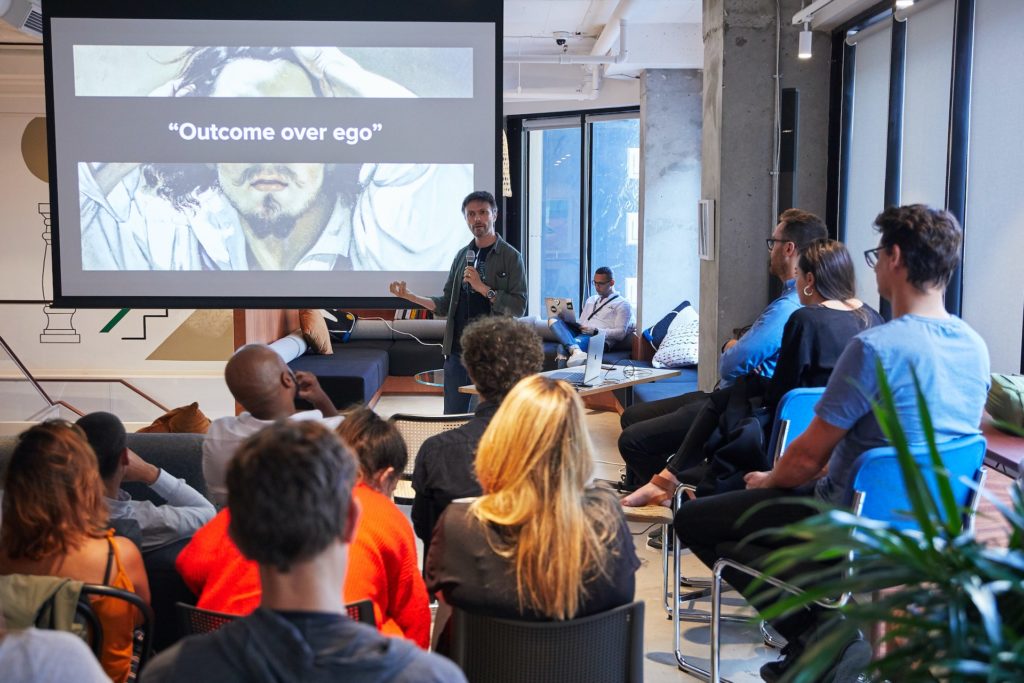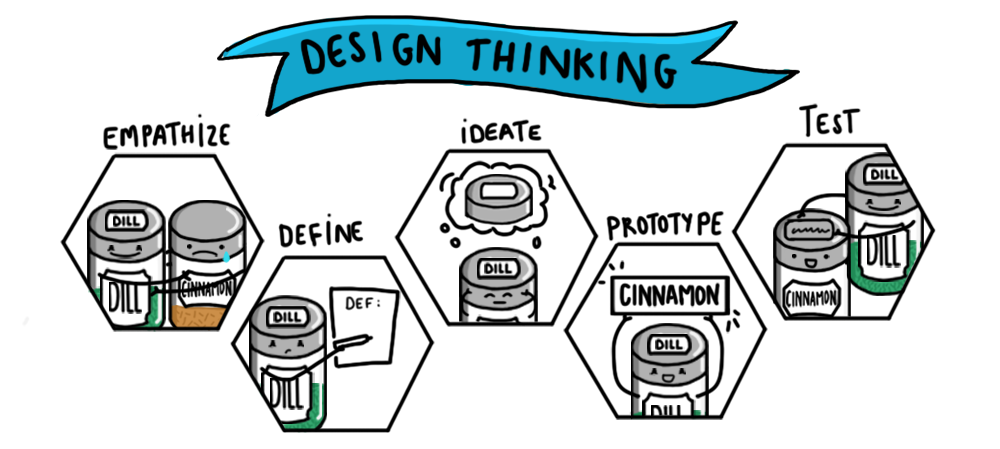Nutrition facts
AI-generated content in this article: None.
Where this pattern applies: Software scale-ups, 100-200 people. But it may apply more broadly.
Warning: Applying the wrong technique/pattern for a given context will cause negative effects.
We dream of speed
“I’m back working on a tiny startup again. You can go so fast! Because everyone is aligned and focussed on the goal. If only we could keep that as we get bigger.” — S, a product-manager friend
“We’ve pretty much lost a whole quarter. The squad is hearing one set of instructions from one stakeholder and the opposite from another. They don’t know what to do.” — M, another product-manager friend
Speed is the number one capability that enables success for any digital business. [1]
Software squads that go fast rely on clear context and sensible, unambiguous goals. If your squads don’t have that, then they can’t go fast.
The Art of Action
To get that clarity, and unlock the speed, you can use a recipe based on mission command. It’s an approach invented by Prussian general Von Moltke in the 19th century, and proven ever since[2]. Most people in the digital product space have heard of it. But most don’t know how to apply it well. Marty Cagan is a big proponent, but fellow fans I have spoken to all say “Empowered is good, but it’s a bit vague”.[3]
The Art of Action [4] is a classic book which explains the reasoning behind mission command, and why it’s effective. That makes easier to apply it with sanity and conviction. After reading the book, and applying it with some success, I’m all fired up.
Axiom: In a scale-up, too much freedom slows you down
Von Moltke’s military campaigns and scale-ups have a lot in common: They need to move fast, but there’s too much information for everybody to know everything. You need coordination to make sure that people with limited information don’t bump into each other or do irrelevant things.
If squads are spending their time on trying to identify, debate and select strategic problems to solve, they are gonna be spinning their wheels a lot. Instead, squads need to focus their effort on actually solving strategic problems that have been defined clearly by product and business leaders.
Then squads will have time and bandwidth to craft awesome solutions that work for customers, and make business win.
“The team is given a small number of problems to solve…”
Empowered
5 rules of the quarterly planning game
Continue reading “Product quarterly planning that creates focus and speed”




